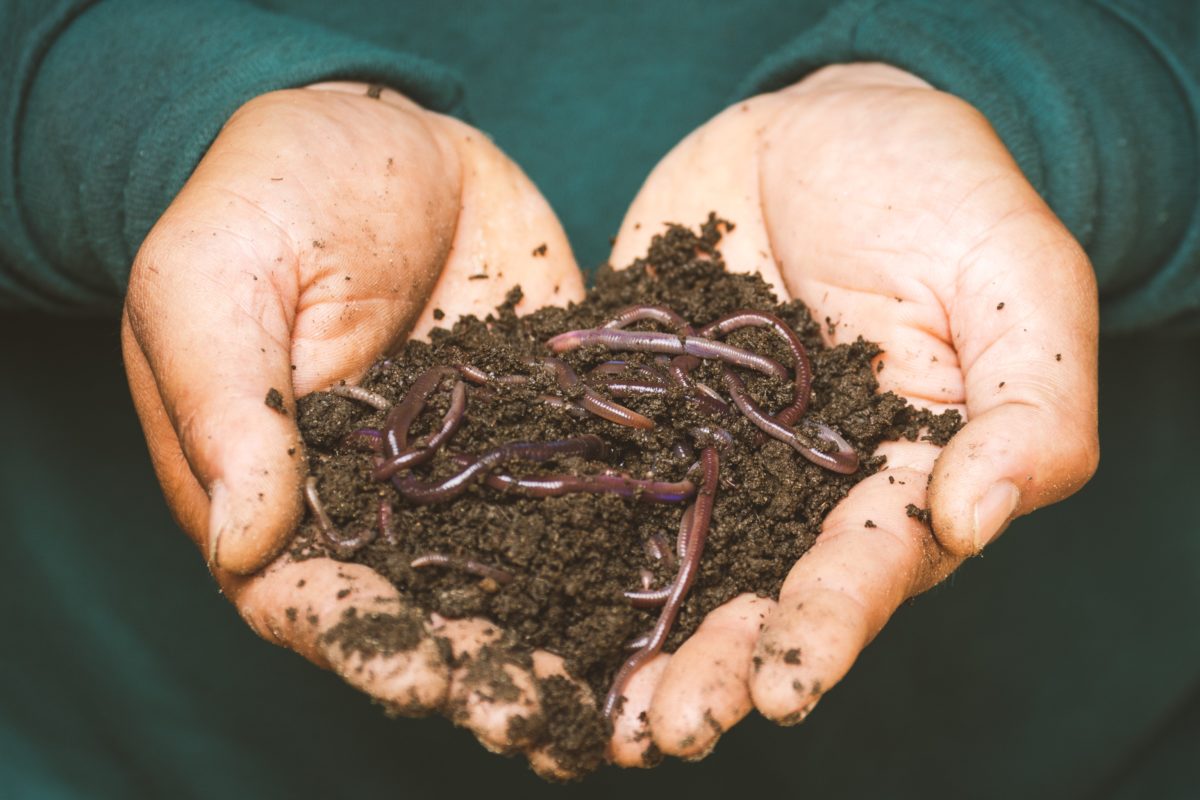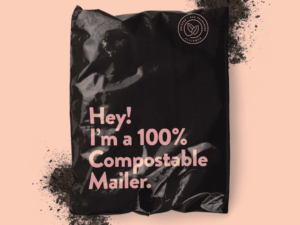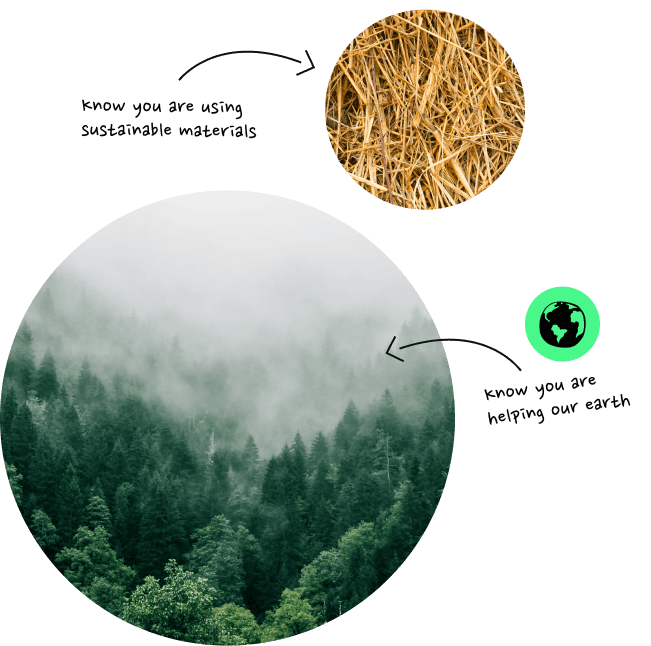We know that paper is biodegradable, but is paper compostable without exception or are there limitations to be aware of?
Being able to proudly proclaim that product packaging is compostable makes for more than simply a savvy marketing trick, it helps the planter as well. But before you rush to add one of the many recognisable icons to consumer products, or worse still, before you believe that they all mean the same thing, it’s vital to understand the limitations of paper composting.
Is paper compostable or not?
The very short answer here is yes. As a natural product made from plant materials, paper is inherently biodegradable and compostable as well, but should all products be glibly thrown into home composting solutions? Most items can be and can be beneficial too, with exception to those that have been coated with PFAS.
Per-and polyfluoroalkyl substances (PFAS) are commonly used in paper-based food packaging to add a barrier layer between greasy or wet products and the naturally absorbent paper charged with containing them. The films being produced using PFAS make packaging not only non-recyclable but non-compostable as well because of the inevitable build-up of toxins that contaminate everything in the surrounding environment.
Surprisingly to most, glossy, printed and office papers are all absolutely fine to compost. They might take a little longer or add fewer nutrients back into the environment, but they aren’t dangerous or difficult to tackle, with a bit of research or basic advice. In the past, these items were thought to be prohibitive due to the inks and glues being used but with greener alternatives now far more the norm, the risk of petroleum-based ingredient contamination is lower. Some consumers continue to recycle these items to be certain of no contamination but general advice seems to allude that this is entirely an individual choice.
So, is paper compostable? Yes, for the most part and the numbers are only set to rise as more companies look for alternatives to PFAS for their food and beverage containers.
Is paper compostable everywhere?
Home and industrial composting are very different entities, with the latter being harder to find locally, but thanks to paper being a natural product, you can simply add it to your home composting system. Industrial facilities are far more geared towards the processing of bioplastics, leaving paper to be dealt with on a domestic level.
Despite how seemingly easy it is to compost paper at home, it is a major source of landfill compositions, most likely because consumers are confused about how to manage it.
Why not recycle paper instead of composting?
Recycling paper is an option of course and paper can be repurposed up to seven times, but recycling is not a natural process. Though recycling paper will save a considerable amount of water compared to producing virgin sheets, the plants that carry out the processing use more fossil fuels than standard paper mills and have a hazardous waste material to dispose of as well. In short, recycling paper is not a zero waste solution, despite often being mistaken for it.
By contrast, composting is considered by many to be the only really ‘clean’ waste management process. Little to no artificial energy is required, no chemicals need to be added and the end product is a nutrient-rich mulch that can nourish the earth.
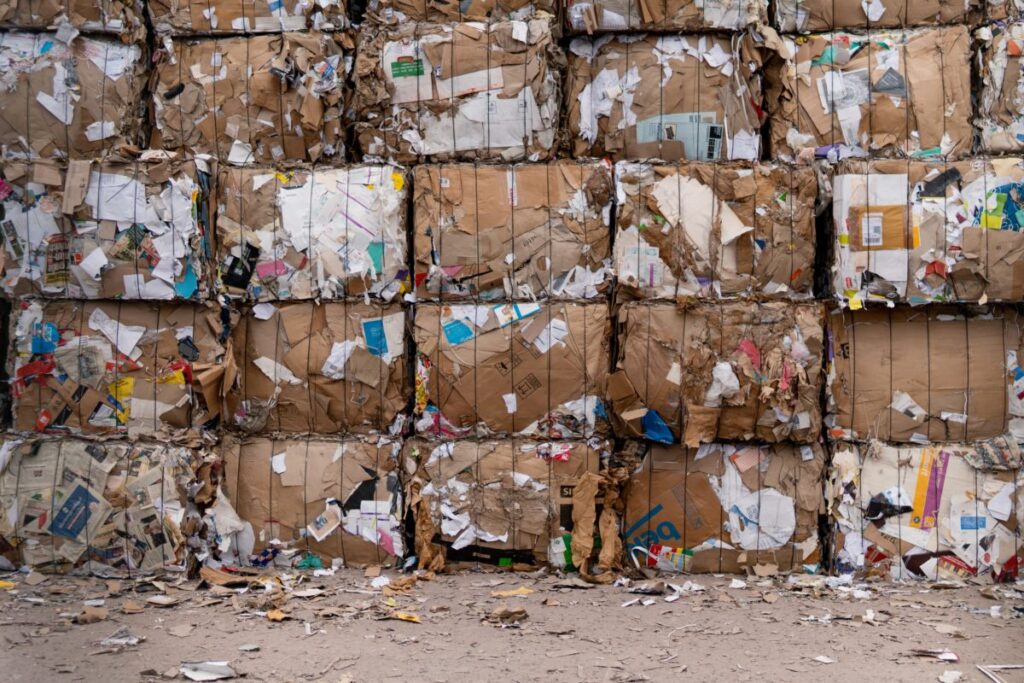
What are the optimal composting conditions?
Many consumers might wonder if paper is compostable in their backyards and the answer is yes, but there are some simple steps to make the process as efficient as possible. Removing any sticky labels from the packaging to begin with, as well as plastic liners or foil, is essential and large packaging should be broken down into smaller, more manageable pieces as well. Shredding is particularly popular as it allows for the fastest decomposition, but soaking in water and tearing has also proven effective.
With the paper suitably prepared, keen composters can select the best bin management style to suit them, using the paper as a key “brown” material alongside dry leaves, straw and ash. With “green” items such as grass clippings and food waste added in, as well as a little moisture, the composting process will begin. There is no prescriptive length of time that paper needs to biodegrade fully.
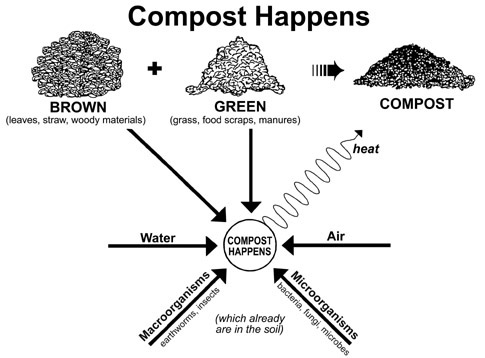
Why are paper recycling and paper compostability labels confusing?
Consumers have become accustomed to seeing generic recycling iconography on product packaging, but composting confirmation needs to be far more comprehensive. Can an item be home or backyard composted or does it need to be taken to an industrial facility? Does it need a lining removed or can it be composted as is? These are the questions that consumers should be asking but perhaps forget to, putting the onus of responsibility on ethical manufacturers who are keen to support industry wide change.
Things to remember about paper recycling/composting
When thinking about how to make a paper product compostable, the following cannot be overlooked:
- Inks and glues used in composition. If they are water and/or plant-based, they will pose no threat of contamination. Anything petrochemical-based poses a risk and could end up in landfill.
- Protective films, coatings and linings should be made from appropriate bioplastics. Not all are home compostable, but PHA for example, is. It leaches no toxins into the environment when it breaks down and is fully bio-derived, meaning that it can add benefit to mulch. Unfortunately, it’s still a very new material so not yet widely used.
- Labelling needs to be clear and should inform consumers about the benefits of composting over simply recycling. The two are often confused or considered to be equal in terms of environmental impact but this simply isn’t true.
Is ALL paper compostable? No. Is most paper compostable? Yes. Most importantly, with the advances being made in bioplastics currently, there is real hope for a future where all consumer-facing products are supplied in fully home compostable packaging. The question that remains therefore is, how long will it take everybody to get onboard?
Lead image by Sippakorn Yamkasikorn from Pexels.
